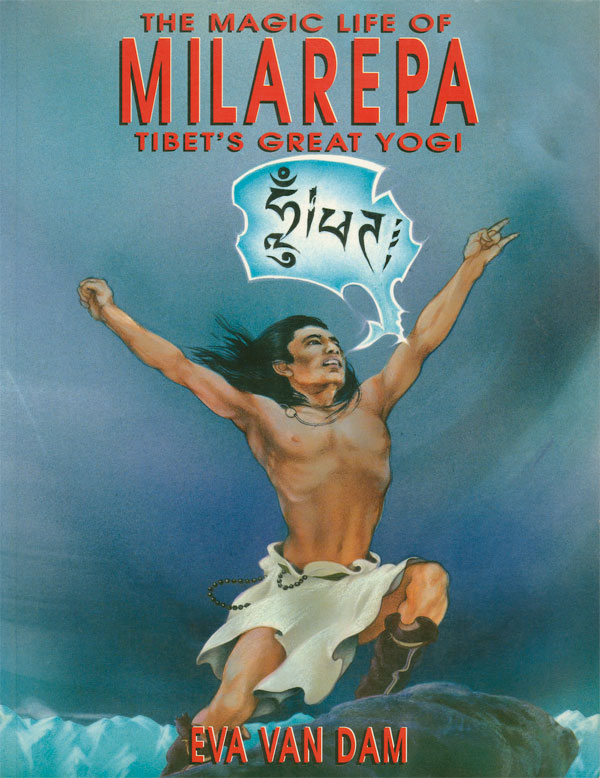In connection with its exhibition, “Hero, Villain, Yeti,” illustrating our perceptions of Tibet as an occult place as conveyed through comic books, the Rubin Museum in New York will be offering a number of related talks and programs, including orchestrated scores based the exhibition’s themes, screenings of the 1937 and 1973 versions of Lost Horizon, and a discussion on January 18 with Michael Gomes and Mitch Horowitz on the extent of Madame Blavatsky’s contribution to the appreciation of Eastern ideas.
The program notes: A source of both inspiration and scandal, Madame Blavatsky’s interpretation of Asian philosophies provided to be a fundamental turning point in the West’s approach to the ‘mysteries’ of the East. Here contemporary writers discuss Blavatsky’s influence and the origins of the occult in America.
Ticket includes a tour at 6:15 p.m. of the exhibition Hero, Villain, Yeti: Tibet in Comics, in which Helena Blavatsky’s book The Secret Doctrine is on display, as are Madame Blavatsky, Medium & Magician by John Seymour and The Morning of the Magicians: Secret Societies, Conspiracies and Vanished Civilizations by Louis Pauwels and Jacques Bergier. There will be a book-signing session after the program.
Michael Gomes is the author of numerous works on Blavatsky and Mitch Horowitz is the author of Occult America: White Séances, Ouija Circles, Masons, and the Secret Mystic History of Our Nation, published in 2010. Having researched the subject so thoroughly, no doubt they have thought deeply on this matter and will have some insight to share.




